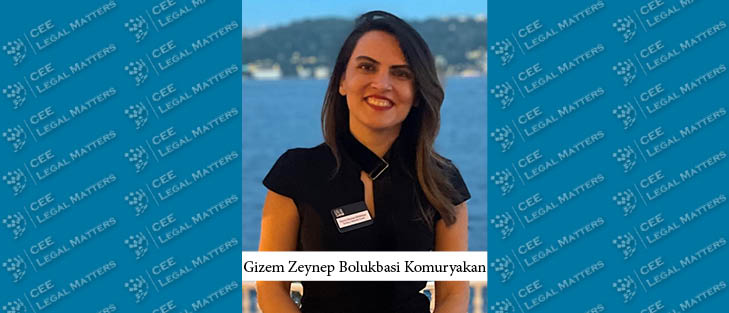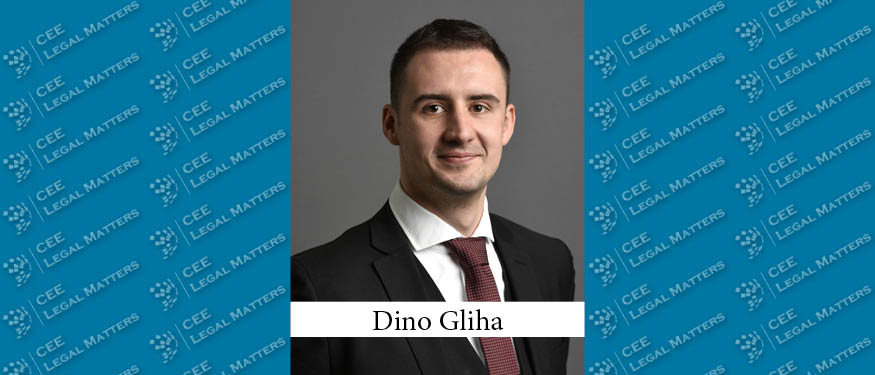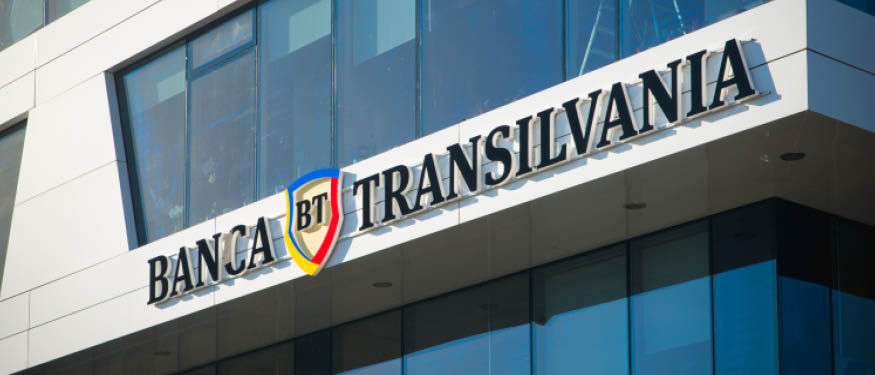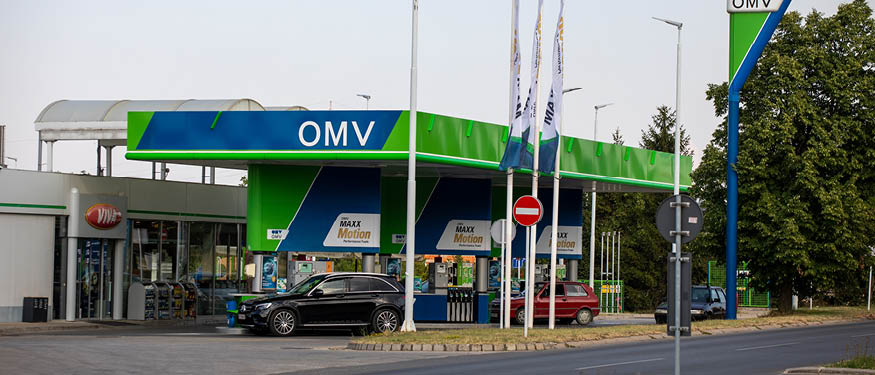M&A transactions involve numerous legal, financial, and operational challenges. As in-house counsel, we are responsible for businesses’ right risk allocation and risk mitigation, while we bear significant responsibility in ensuring the deal progresses smoothly and can be closed successfully. Given this high responsibility, effective collaboration with external counsel is crucial to navigating these high-stakes deals and ensuring a smooth and successful transaction. Drawing from my experience, I will share best practices for selecting, collaborating with, and managing external counsel during M&A projects to achieve optimal outcomes and make your life easier in the post-closing and integration stages.
Selecting the Right External Counsel
A strong track record is essential. Look for attorneys with extensive experience in your industry who have successfully handled deals of similar complexity and scale in the related jurisdiction. Research the reputation of potential external counsel. Seek references from other in-house counsels or industry peers. Evaluate the resources and team composition of the external counsel. Ensure they have a robust team with diverse expertise to address all aspects of the transaction.
Establishing Clear Objectives and Scope
Clearly articulate the goals and objectives of the M&A transaction to the external counsel. This includes strategic rationale, desired outcomes, and key milestones. Aligning these goals ensures that everyone is working toward the same objectives. Define the scope of work in detail. Outline the specific tasks, responsibilities, and deliverables expected from the external counsel. This clarity helps prevent misunderstandings and ensures accountability. Discuss the budget and fee structure upfront. Agree on billing rates, payment terms, and any potential additional costs. Consider fixed fees or capped arrangements to maintain cost predictability.
Effective Communication and Collaboration
Establish a routine for regular updates and meetings. Schedule weekly calls to discuss progress, address concerns, and review upcoming tasks. This consistent communication keeps everyone aligned and informed. Encourage open and transparent communication between your in-house team and external counsel. Share relevant information, documents, and updates promptly. Transparency fosters trust and enables external counsel to provide more informed advice. Leverage technology to facilitate communication and collaboration. Utilize secure platforms for document sharing, project management tools to track progress, and video conferencing for virtual meetings. Technology streamlines workflows and enhances efficiency.
Ensuring a Deep Understanding of the Business
Ensure that the external counsel has a deep understanding of your business, industry, and competitive landscape. Provide them with comprehensive background information, including your company’s strategic goals, operational challenges, and market position. Make them understand what you are fighting for and trying to achieve with this M&A transaction.
Managing Expectations and Timelines
Set realistic timelines for each phase of the M&A project. Break down the transaction into manageable stages, such as due diligence, negotiation, drafting, and closing. Agree on deadlines and milestones for each stage to ensure a structured approach. Agree on expected response times for communications and deliverables. Timely responses are crucial, especially in fast-paced M&A deals. Do not give your external counsel artificial deadlines and claim urgency when it is not. This jeopardizes your credibility and harms the trust relationship between colleagues who need to work closely together.
Documentation and Record-Keeping
Maintain detailed records of all communications, agreements, and documents related to the M&A project. This includes emails, meeting minutes, draft agreements, and final contracts. Proper documentation is essential for legal compliance and future reference.
Conflict Resolution and Feedback
Establish a clear process for escalating and resolving issues that may arise during the transaction. Identify key contacts and decision-makers. Implement a feedback mechanism to gather insights from your in-house team and external counsel throughout the project. Regular feedback helps identify areas for improvement and ensures continuous enhancement of collaboration practices.
Cost Management
Develop a detailed budget for the M&A project and closely monitor costs against it. Discuss ways to optimize cost efficiency without compromising the quality of legal services.
As an in-house counsel, I see myself as the owner of my corporation’s M&A transactions, and I recommend you adopt the same approach to manage a successful transaction. This means you should thoroughly study your work, perhaps even more than your external counsel. Your external counsel will be your business partner and trusted advisor, but please always keep in mind that to manage a successful project, you need to know the project better than anyone else to direct them in the right way. By following these best practices, we can maximize the value of our in-house legal team by collaborating with external counsel and achieving successful M&A transactions that drive business growth and success.
By Gizem Zeynep Bolukbasi Komuryakan, Vice President of Legal and Compliance, Turkiye Wealth Fund
















